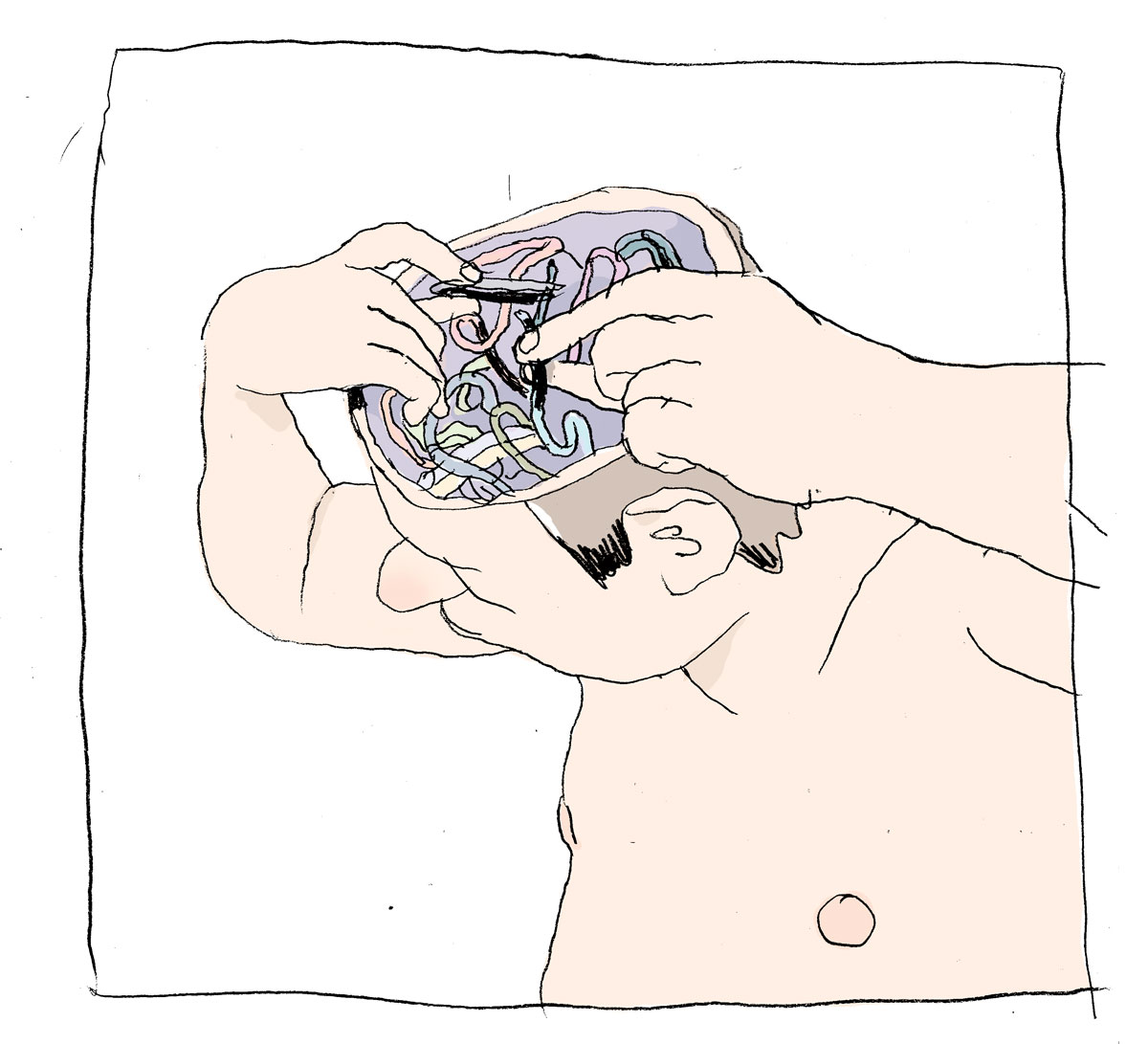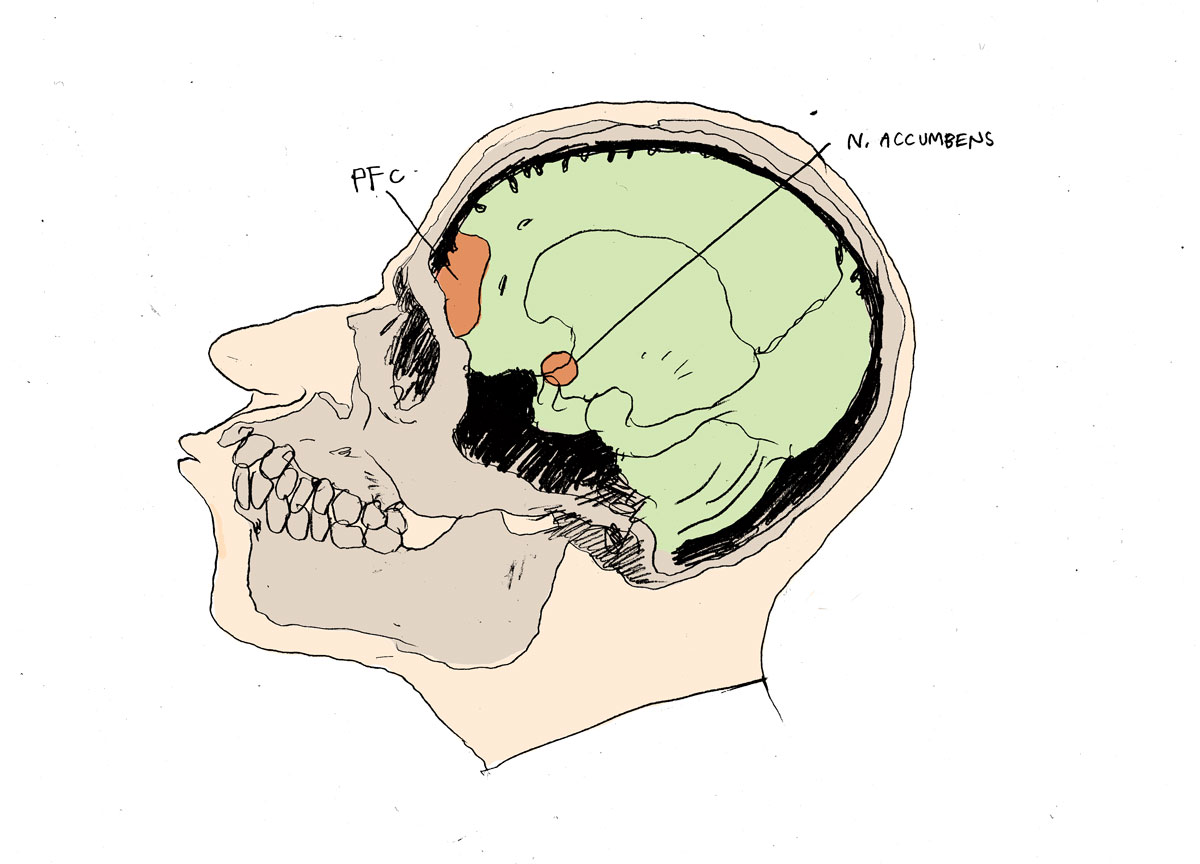During most of the last century, the consensus was that brain structure was pretty much set, fixed and immutable after some specified period of childhood development. More recent research, however, shows that experience changes not just brain structure or anatomy but also the functional organization or physiology of the brain. And this reorganization is what people mean by “neuroplasticity.”
“Use It or Lose It”: Maintaining Neural Connections in Our Spectacularly Complex Brains
We’re all familiar with the expression “use it or lose it.” Well, each human brain is a spectacularly complex network of one hundred billion nerve cells and their several hundred trillion synaptic connections. Connections are removed or preserved in the brain almost entirely based on use or non-use. Not only that, but neighboring neurons that fire together (or simultaneously), often fuse to make a new pathway within the network. Likewise, neighboring neurons that do not fire together form independent roads or neural paths.
Now, while all the recent talk about neuroplasticity certainly has merit, it’s important to note that the brain is not endlessly plastic. It is plastic within limits or boundaries. But within those boundaries we can, indeed, “re-wire our brains.”

Case Study: Phantom Limbs and Neuroplasticity
We see this most vividly in phantom limb patients. These are patients who have lost a limb but continue to experience pains, itches, and other sorts of sensory stimulation in the missing limb. For example, one patient who was missing his right arm, from the mid-forearm down, continued to feel an itch in the part of his arm that no longer existed whenever he shaved the left side of his face.
But how can someone feel an itch in a limb or part of a limb that no longer exists?
Neuroscientists believe that what is going on is this: All of us have a neural map of our whole body within our brains. Interestingly, the location of our right arm/hand on this map is right next to the location of our face on the map. What seems to have happened to this patient is that the neurons in the lower forearm/hand region of the brain are so hungry for stimulation (there is no stimulation now that the limb that use to feed them is no longer sending them signals) that they are over reaching their borders and extending their way into the adjacent region, that of the face, where they receive signals and stimulation. And that is why when the patient shaves (or stimulates that area) he also feels it as an itch on his phantom arm.
Patients with phantom limb can “re-map” their brains through a course of treatment, thereby demonstrating the ability to change and re-wire the adult human brain.
[Click here to read neuroscientists V.S. Ramachandran and Diane Rogers-Ramachandran on the significance of phantom limbs for the possibility of changing your brain.]
How to Rewire Your Brain For Happiness
The fact of neural plasticity has implications for human happiness. Sure, you might be dispositionally happy—that is, your brain might be naturally wired in such a way that your emotional default leans toward positive psychological states. If you don’t happen to be among those lucky ones, you can engage in actions that lay down new pathways, dig existing “happiness” pathways deeper, or strengthen neural connections between different brain regions that are relevant to happiness. And because you can engage in practices and activities that do this, you can raise your happiness quotient or natural happiness set point.
“The brain is not endlessly plastic. It is plastic within limits or boundaries. But within those boundaries we can, indeed, ‘re-wire our brains.'”
But as I said above, neuroplasticity has its limits. If you are a “gloomy Gary” by your natural disposition, you will not be able to transform yourself into a “sanguine Sally” or “exuberant Eddie.” Even so, you can increase your over all sense of subjective well being because you can rewire the relevant neural circuitry and move yourself further along the emotional continuum, toward the positive affect end.
Using Strengthening Exercises to Rewire the Brain
Let me give you an example. Among the brain regions especially implicated in happiness are the nucleus accumbens and the pre-frontal cortex. We know from research that there is a lot of neural activity in the nucleus accumbens and pre-frontal cortex of people who are happy. If we looked at an fMRI brain scan of a happy individual we would see those areas light up.

You may recall that I said in the previous post that people who are dispositionally happy tend to be hopeful or optimistic, as well as grateful. These emotions are associated with high activity in the nucleus accumbens and the pre-frontal cortex. Conversely, there are correspondingly low levels of activity in the nucleus accumbens and pre-frontal cortex of people who fall more toward the negative end of the emotional affect continuum. Now not only are those areas (the nucleus accumbens and pre-frontal cortex) the site of high activity in people who are dispositionally happy, but there are neural connections running between the pre-frontal cortex and nucleus accumbens.
Now, here is the really interesting thing. Suppose you are not naturally grateful or hopeful. You can engage in embodied exercises that literally strengthen the neural connections between the nucleus accumbens and pre-frontal cortex and so increase your own positive affect or happiness. Just as you can join a gym and (if you use your membership!) increase your physical strength and fitness, so too you can engage in exercises that strengthen the relevant neural connections in the brain that are associated with happiness.
2 Ways to Rewire Your Brain and Increase Your Well-Being
Let me give you two examples of how you can increase your own sense of happiness or subjective well-being.
1. Say “Thank You”: The Spiritual Discipline of Gratitude
One thing you can do is to make gratitude, for example, a spiritual discipline. Set yourself the task of giving thanks to five people this week for something either they have done or for some characteristic they possess for which you are grateful. Make showing gratitude a habit. If you do—all other things being equal—you will increase your overall sense of subjective well being.
2. Wait: Train Your Brain to Delay Gratification
Here’s another example. One of the things we also know about the dispositionally happy person is that they are able to delay gratification. Not at all surprising since such individuals are also grateful and, on the whole, content. When they do desire something, they are able to deliberate, weight the costs and benefits of acquiring the object of their desire now. And, in the appropriate cases, they are able to say, “I really want this, but, all things considered, it would be better if I waited. I’m going to hold off.”
Well, among the areas in the brain that are relevant to gratification of desires are the pre-frontal cortex and ventral striatum. Studies have shown that those who are good at delaying gratification have high activity in the pre-frontal cortex and those who find it difficult to delay gratification show high activity in the ventral striatum, the same area implicated in addictions.
“As with gratitude, you can train your brain and so move yourself along the gratification continuum from the low end of delay to the high end of delay.”
As with gratitude, you can train your brain and so move yourself along the gratification continuum from the low end of delay to the high end of delay. How? Embodied practices. For example, suppose you have a problem with “stuff.” You buy too much of it. You see things, and you have to have them—NOW! Set yourself this task: to go to the mall, say, five times this week and commit to not buying a single thing until visit number five. Make yourself walk around, look, but not buy, until your fifth visit. This practice will strengthen the pre-frontal cortex and dampen activity in the ventral striatum. Cultivating this practice over time will, other things being equal, move you more toward the high end of delayed gratification; the end that those who are dispositionally happy rather naturally tend toward.
Our Brains Affect Our Happiness, and We Can Effect Change in Our Brains
So, when it comes to human happiness, the deliverances of neuroscience can be immensely helpful, both in terms of understanding how our brains affect our happiness and in suggesting embodied practices that can raise our natural happiness set point.
More Resources on Neuroplasticity, Changing Your Brain, and Improving Psychological and Spiritual Well-Being
References
